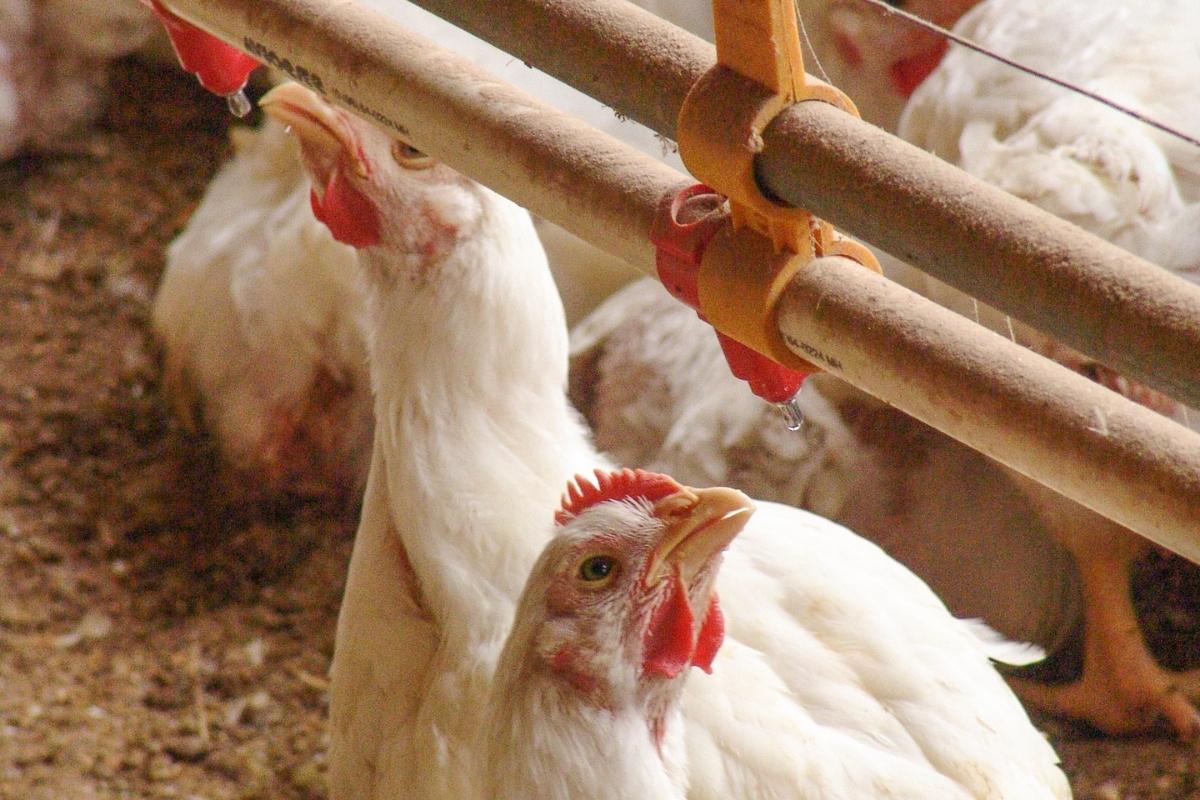Salmonella Bacteriophages in Broiler Production
In the search for new ways to combat harmful bacteria, the use of bacteriophages – viruses that specifically attack and destroy bacteria – is becoming increasingly important in the poultry industry. However, researchers have found that oral administration of phages can be difficult because different conditions in the gastrointestinal tract can affect their effectiveness.
In a recent study, scientists investigated the best time to administer phage to chickens and also tested the use of microencapsulation to improve phage delivery.
Their results suggest that phage administration in the first few weeks of a chicken’s production cycle, along with the use of microencapsulation techniques, provide effective control of Salmonella bacteria in poultry.
This research adds to the growing body of evidence supporting the potential of bacteriophage therapy as a valuable tool for controlling harmful bacteria.
The authors Laura Lorenzo-Rebenaque, Danish J Malik, Pablo Catalá-Gregori, Clara Marin, and Sandra Sevilla-Navarro published these findings in their article Gastrointestinal Dynamics of Non-Encapsulated and Microencapsulated Salmonella Bacteriophages in Broiler Production, dated 8 January 2022.
Findings:
- Bacteriophage therapy is considered a promising means of controlling Salmonella in poultry, but changes in environmental conditions in the gastrointestinal tract during the production cycle could affect the efficacy of orally administered phages.
- The main objectives of this study were to evaluate the optimal timing of phage administration over a 42-day production cycle and to compare microencapsulated and non-encapsulated phages and the spatial and temporal dynamics of phage administration along the gastrointestinal tract.
- Phage FGS011 was encapsulated in Eudragit® L100, a pH-responsive polymer, using spray drying. At various weeks of chicken rearing, 15 broiler chickens were divided into three groups: those receiving non-encapsulated phage (administered via drinking water), microencapsulated phage (incorporated into animal feed), or no phage.
- Microencapsulation was found to provide efficient delivery of bacteriophages to the guts of the animals throughout the chicken rearing period. The crop showed the highest concentration in both methods. However, L100-based encapsulation provided significant protection from the harsh environmental conditions seen with drinking water administration – possibly contributing to high doses of ophages entering the cecum during field studies.

Abstract
Bacteriophage therapy is being considered as a promising tool to control Salmonella in poultry.
Nevertheless, changes in gastrointestinal tract environmental conditions throughout the production cycle could compromise the efficacy of phages administered orally.
The main objectives of this study were to assess the optimal timing of the phage administration over a 42-day production cycle and to compare microencapsulated and non-encapsulated phages and the spatial and temporal dynamics of the phage delivery along the gastrointestinal tract.
Phage FGS011 was encapsulated in the pH-responsive polymer Eudragit ® L100 using the process of spray drying. At different weeks of the chicken rearing period, 15 broilers were divided into three groups.
Over a period of 24 h, group 1 received non-encapsulated phages (delivered through drinking water), group 2 received microencapsulated phages (incorporated in animal feed), and group 3 did not receive any phages.
Microencapsulation was shown to enable efficient delivery of the bacteriophages to the animal gut and cecum throughout the animal rearing period.
During the six weeks of application, the crop displayed the highest phage concentration for both phage delivery methods. The L100 based encapsulation offered significant protection to the phages from the harsh environmental conditions in the PV-Gizzard (not seen with phages administered in drinking water) which may help in the delivery of high phage doses to the cecum.
Future Salmonella challenge studies are necessary to demonstrate the benefits of microencapsulation of phages using L100 formulation on phage therapy in field studies during the rearing period.
Keywords: Eudragit ®; Salmonella; bacteriophage; microencapsulation; poultry.
Copyright: the authors.

 Application of Bacteriophages to Limit Campylobacter in Poultry Production
Application of Bacteriophages to Limit Campylobacter in Poultry Production
